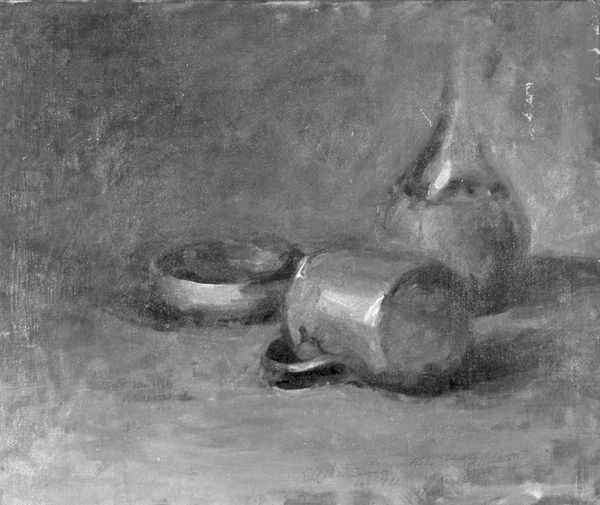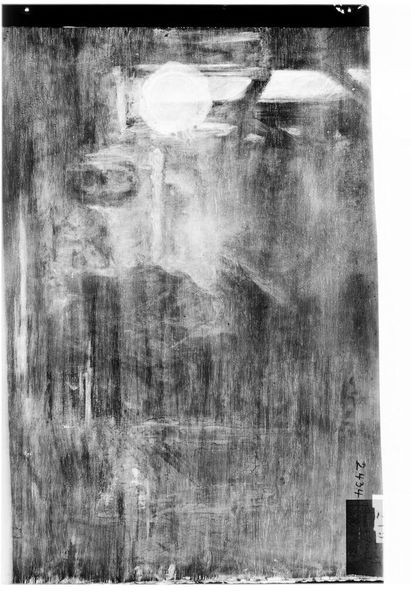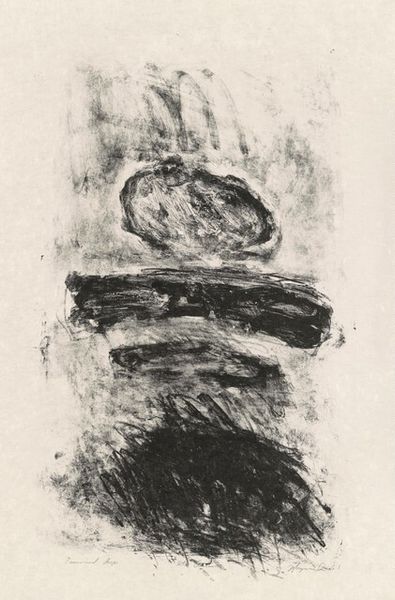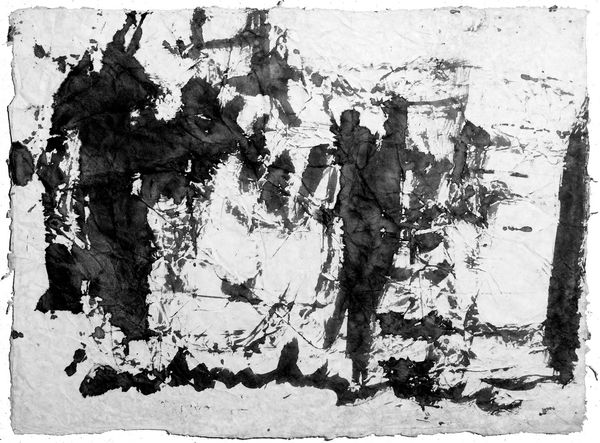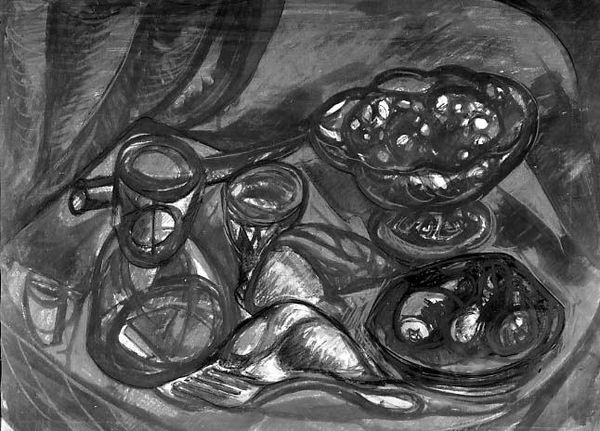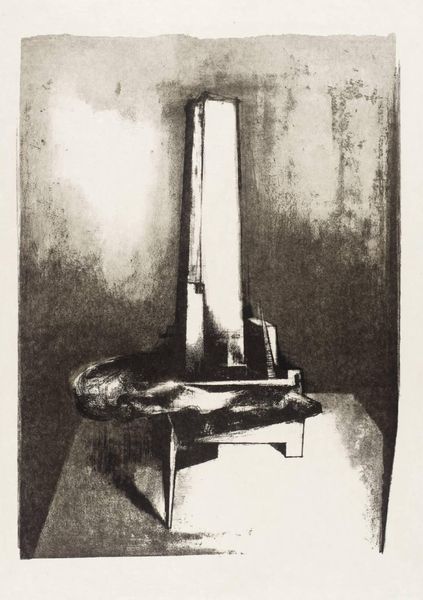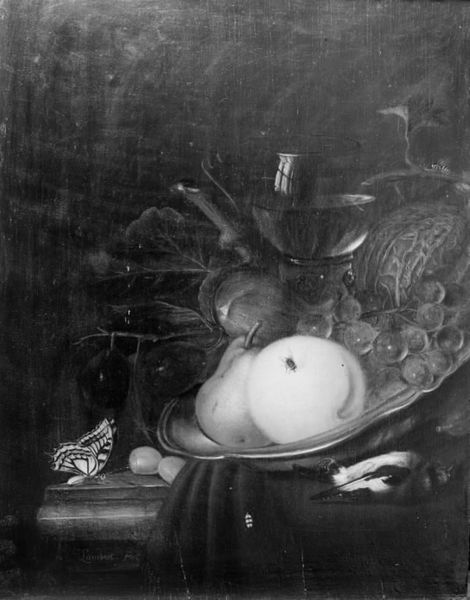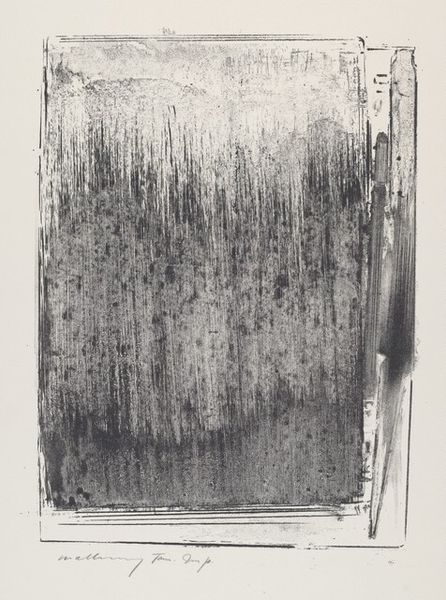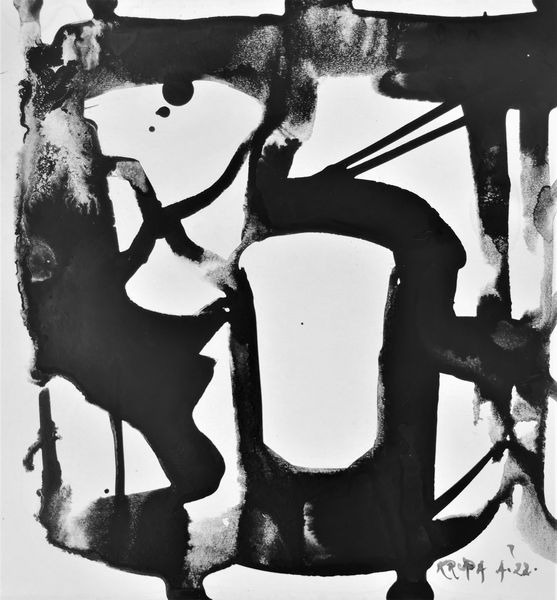
drawing, photography, charcoal
#
drawing
#
cubism
#
pencil sketch
#
charcoal drawing
#
charcoal art
#
photography
#
fruit
#
charcoal
Copyright: Public domain US
Editor: This is "Apple," a charcoal drawing from 1914 by Pablo Picasso. It’s quite striking for such a simple subject; the stark black and white creates a surprisingly intense mood. How would you interpret this work, considering Picasso’s broader context? Curator: This seemingly simple still life exists within a period of intense socio-political upheaval and artistic experimentation. While on the surface, it’s an apple rendered in charcoal, it's crucial to consider Picasso’s involvement with Cubism at the time, and how that movement engaged with the representational conventions that preceded it. Editor: How does the context inform our understanding of the image? Curator: Consider that during the early 20th century, photography was challenging painting's role as the primary mode of representation. Cubism responded by exploring fragmented perspectives, challenging viewers to construct their own understanding of reality. Is this "just" an apple, or is it an exploration of perception, reflecting the anxieties and dynamism of a rapidly changing world? And how might the use of humble materials such as charcoal have influenced the image's early reception? Editor: It's fascinating to think about something as simple as a charcoal sketch carrying that much weight! Curator: Exactly! The materials, the date, the subject - all become part of a larger conversation. By examining the social and artistic milieu, we move beyond merely seeing an apple and start to unpack its layered meanings within the cultural landscape. Editor: That makes so much more sense now. Thanks for pointing out the bigger picture! Curator: My pleasure. Art history isn't just about aesthetics; it is very much about engaging in a critical dialogue with our cultural past and its continuing resonance today.
Comments
No comments
Be the first to comment and join the conversation on the ultimate creative platform.

